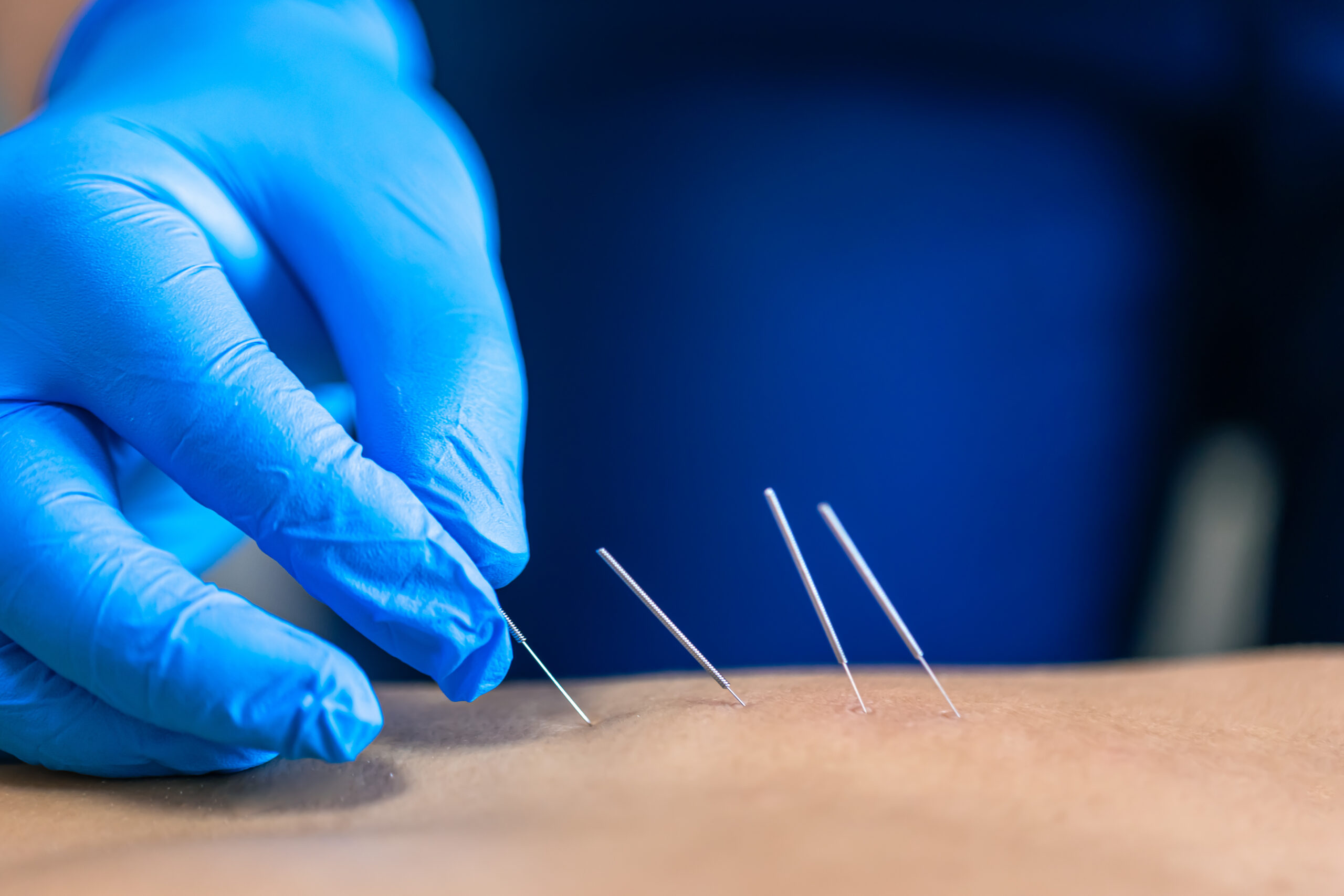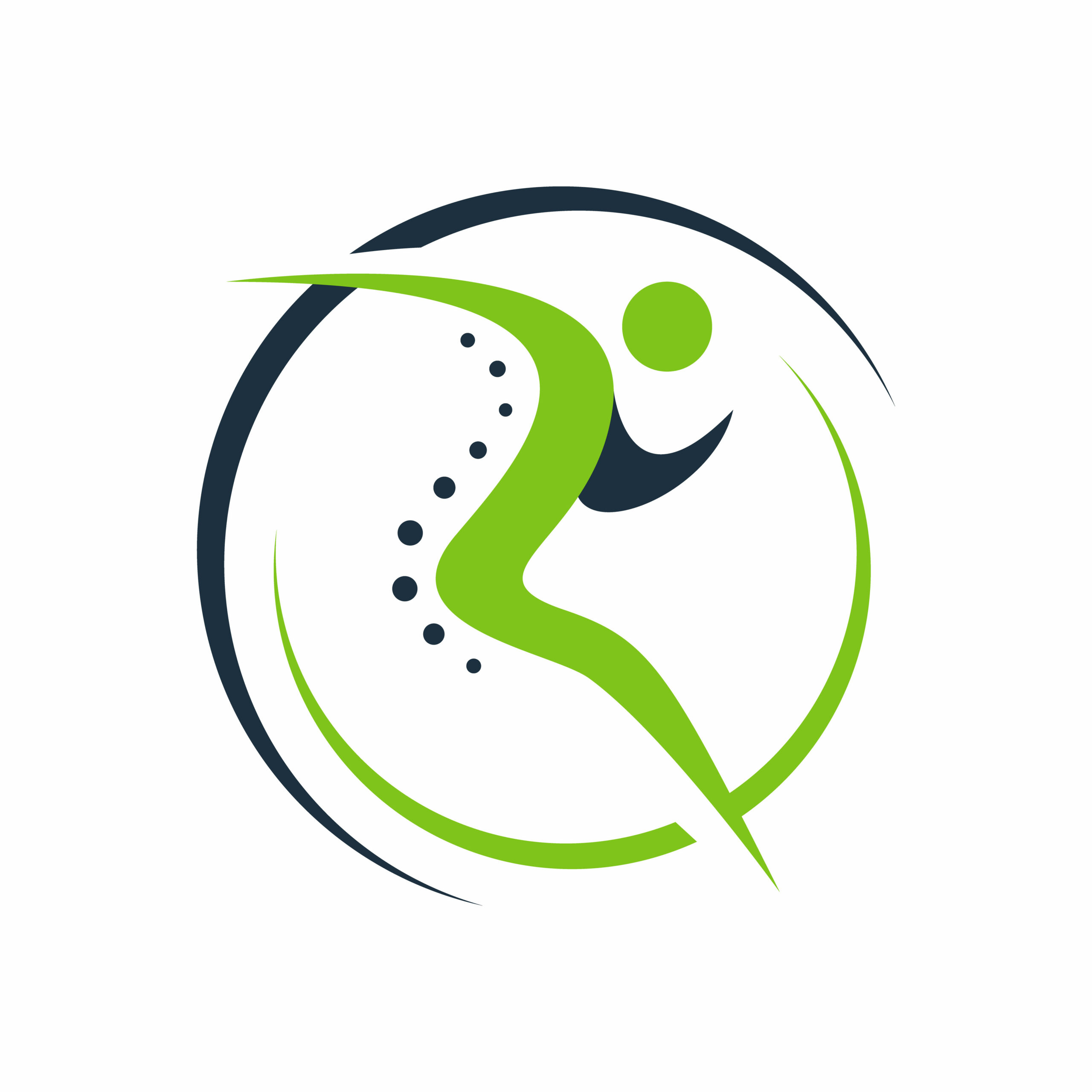Archive for March 2024
Acupuncture
Acupuncture, a traditional Chinese medical practice, and is renowned for its ability to alleviate pain. Beyond its well-documented effectiveness in addressing musculoskeletal discomfort, such as back pain and headaches. It has also demonstrated significant pain-relieving effects in various other conditions.
One notable area where this technique has shown promise is in the management of migraines and tension headaches. Studies have indicated that regular sessions can lead to a reduction in the frequency, intensity, and duration of migraine attacks. Acupuncture helps modulate pain perception pathways, thus providing relief to individuals suffering from chronic headaches.
Furthermore, acupuncture is beneficial for individuals experiencing neuropathic pain, a type of pain caused by damage or dysfunction of the nervous system. Conditions such as diabetic neuropathy, postherpetic neuralgia (shingles), and peripheral neuropathy often result in persistent pain that can be challenging. However, acupuncture offers a non-invasive approach to managing neuropathic pain by promoting the release of endorphins and other neurotransmitters.
In addition to its role in relieving physical pain, acupuncture has also been recognized for its effectiveness in addressing psychological distress. Anxiety, depression, and stress-related disorders can manifest with physical symptoms such as muscle tension and headaches. Its ability to regulate the body’s stress response and promote relaxation makes it a valuable adjunct therapy for individuals grappling with emotional discomfort. By targeting specific points associated with calming the nervous system, acupuncture sessions can promote a sense of well-being and alleviate both physical and emotional pain.
The pain-relieving effects extend beyond the realm of chronic conditions to include acute pain management as well. For instance, research has shown that acupuncture can be an effective adjunct therapy for postoperative pain control. By stimulating the body’s natural pain-relief mechanisms, acupuncture can help reduce the need for opioid medications, thereby minimizing the risk of dependence and side effects associated with traditional painkillers.
Moreover, acupuncture has gained attention for its potential role in alleviating pain associated with menstrual disorders, such as dysmenorrhea (painful periods) and endometriosis. By targeting specific acupuncture points related to hormone regulation and blood flow, acupuncture can help mitigate menstrual cramps and pelvic pain, offering women a natural alternative or complement to conventional pain management strategies.
The pain-relieving effects extend far beyond its commonly known applications. Whether it’s managing migraines, neuropathic pain, psychological distress, or acute postoperative discomfort, acupuncture offers a holistic approach to pain relief that addresses both the physical and emotional aspects of suffering. As ongoing research continues to unveil the mechanisms underlying acupuncture’s efficacy, it is likely to emerge as an increasingly valuable tool in the comprehensive management of pain and discomfort.
Click here to contact our Office or call 612-730-4091
Weight loss
Chiropractic care isn’t just about alleviating back pain—it can be a valuable asset in achieving weight loss goals as well. Through a holistic approach that focuses on spinal alignment and optimizing nerve function, chiropractors can support individuals in their quest for a healthier weight and overall well-being.
One of the key ways chiropractic care aids in weight loss is by addressing spinal misalignments, also known as subluxations. These misalignments can disrupt communication between the brain and the body, leading to various health issues, including difficulties in managing weight. By performing spinal adjustments, chiropractors help to realign the spine, restoring proper nerve function and promoting optimal bodily function.
Furthermore, chiropractors provide personalized guidance on lifestyle factors such as nutrition, exercise, and stress management. They understand that achieving and maintaining a healthy weight requires more than just occasional adjustments—it involves making sustainable lifestyle changes. By offering tailored recommendations, chiropractors empower individuals to make healthier choices and adopt habits that support their weight loss goals.
In addition to spinal adjustments, chiropractic care can address underlying issues that may be hindering weight loss progress. Chronic pain and inflammation, for example, can make it challenging to engage in physical activity and adhere to a weight loss plan. Through techniques such as massage therapy and corrective exercises, chiropractors can help alleviate pain and inflammation, making it easier for individuals to stay active and committed to their weight loss journey.
Regular visits to a chiropractor also provide accountability and support. Individuals can track their progress, discuss any challenges they may be facing, and receive encouragement from a healthcare professional who is dedicated to their success. This ongoing support can be instrumental in staying motivated and overcoming obstacles along the way.
It’s important to recognize that while chiropractic care can be beneficial, it is most effective when combined with other healthy habits. Eating a balanced diet, engaging in regular physical activity, getting enough sleep, and managing stress are all essential components of a successful weight loss plan. By integrating chiropractic care into a comprehensive approach to health and wellness, individuals can maximize their chances of achieving and maintaining their desired weight.
Click here to contact our Office, or call 612-730-4091
Cupping
Cupping is an ancient therapeutic technique that originated in traditional Chinese medicine and has gained widespread attention in recent years. This is because of its purported health benefits.
The therapy involves placing cups on the skin and creating suction to promote healing and relaxation. Unlike passive treatments, cupping actively stimulates the body’s natural healing processes.
The process of cupping involves using glass, silicone, or plastic cups placed on specific areas of the body. A vacuum is created inside the cup either by heating the air within it or by using a suction pump. Once the vacuum is created, the cups are placed on the skin. Once there, they gently pull the skin and superficial muscle tissue upward into the cup. This suction can help increase blood flow to the area. This will promote circulation and aid in the release of tension and toxins trapped in the muscles.
One of the primary benefits of cupping is its ability to relieve muscle tension and soreness. The suction created by the cups helps to stretch tight muscles and fascia, promoting relaxation and reducing stiffness. Athletes often use cupping therapy as part of their training regimen to help speed up recovery from intense workouts and prevent injuries.
Cupping is also believed to have therapeutic effects on the body’s energy pathways, known as meridians in traditional Chinese medicine. By stimulating these meridians, cupping can help balance the flow of qi, or vital energy, throughout the body. This balance is thought to promote overall health and well-being, as well as provide relief from various ailments. Especially, headaches, digestive issues, and respiratory problems.
In addition to its physical benefits, cupping is also valued for its ability to promote mental relaxation and stress relief. The gentle pulling sensation of the cups on the skin can induce a deep sense of relaxation. Similar to that achieved through massage therapy. This relaxation response can help reduce anxiety and improve mood, providing both physical and mental rejuvenation.
While cupping therapy is generally considered safe when performed by a trained practitioner, it may cause temporary side effects such as bruising or skin irritation. However, these side effects are typically mild and resolve quickly. It’s essential to consult with a qualified healthcare provider before undergoing cupping therapy, especially if you have any underlying health conditions or concerns.
In conclusion, cupping therapy offers a unique approach to promoting health and well-being through its active stimulation of the body’s natural healing processes. By increasing circulation, relieving muscle tension, and promoting relaxation, cupping can provide a range of benefits for both the body and mind. Whether used as a standalone treatment or as part of a comprehensive wellness plan, cupping therapy offers a holistic approach to health and healing.
Click here to contact our office or call 612-730-4091
![AdobeStock_304902871-[Converted] AdobeStock_304902871-[Converted]](https://www.foleychiropractic.net/wp-content/uploads/2018/08/AdobeStock_304902871-Converted-291x300.png)


